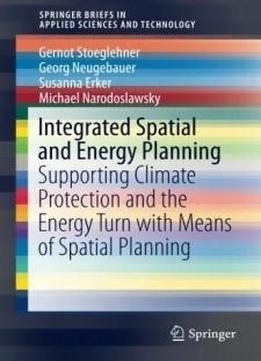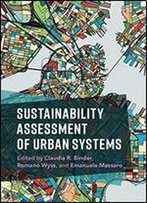
Integrated Spatial And Energy Planning: Supporting Climate Protection And The Energy Turn With Means Of Spatial Planning (springerbriefs In Applied Sciences And Technology)
by Gernot Stoeglehner /
2016 / English / PDF
2.3 MB Download
This book focuses on spatial planning – an important determinant of
energy saving and renewable energy supply. Revealing the key
driving forces for spatial development supporting the shift towards
energy efficiency and renewable energy supplies, it shows the
importance of integrated spatial and energy planning approaches for
a timely and sustainable change of energy systems, thus supporting
policies of climate protection. As operating within the context of
renewable energy sources is becoming a major policy issue at the
international, European and national level, spatial dimensions of
renewable energy systems as well as challenges, barriers and
opportunities in different spatial contexts become more important.
This book analyses not only the fundamental system interrelations
between resources, technologies and consumption patterns with
respect to energy, but also the links to the spatial context, and
provides guidelines for researchers as well as practitioners in
this new, emerging field. It presents innovative analytical tools
to solve real-world problems and discusses the most important
fields of action in integrated spatial and energy planning
including planning contents, planning visions and principles as
well as planning process design and planning methodology.
This book focuses on spatial planning – an important determinant of
energy saving and renewable energy supply. Revealing the key
driving forces for spatial development supporting the shift towards
energy efficiency and renewable energy supplies, it shows the
importance of integrated spatial and energy planning approaches for
a timely and sustainable change of energy systems, thus supporting
policies of climate protection. As operating within the context of
renewable energy sources is becoming a major policy issue at the
international, European and national level, spatial dimensions of
renewable energy systems as well as challenges, barriers and
opportunities in different spatial contexts become more important.
This book analyses not only the fundamental system interrelations
between resources, technologies and consumption patterns with
respect to energy, but also the links to the spatial context, and
provides guidelines for researchers as well as practitioners in
this new, emerging field. It presents innovative analytical tools
to solve real-world problems and discusses the most important
fields of action in integrated spatial and energy planning
including planning contents, planning visions and principles as
well as planning process design and planning methodology.










